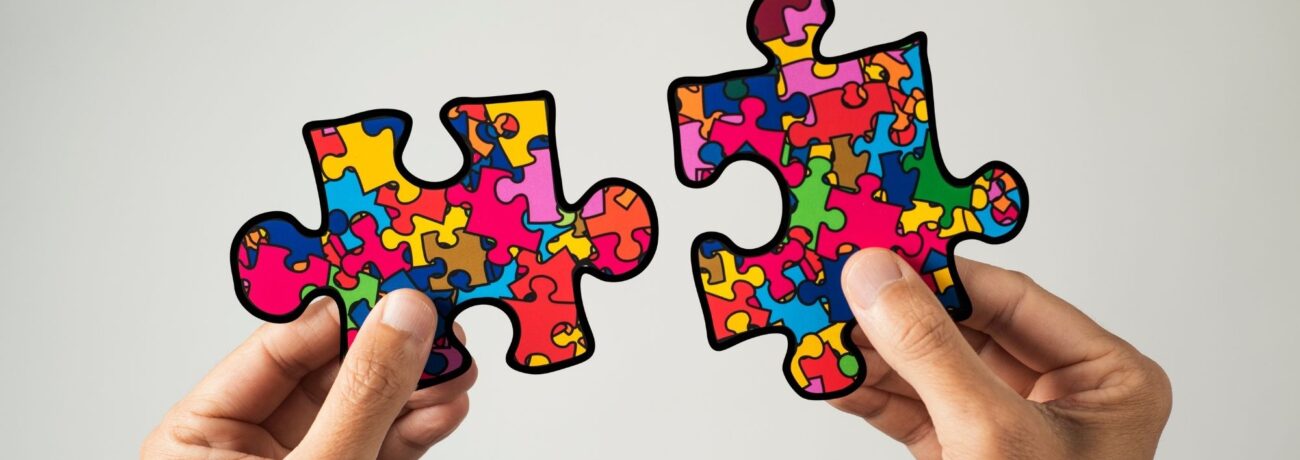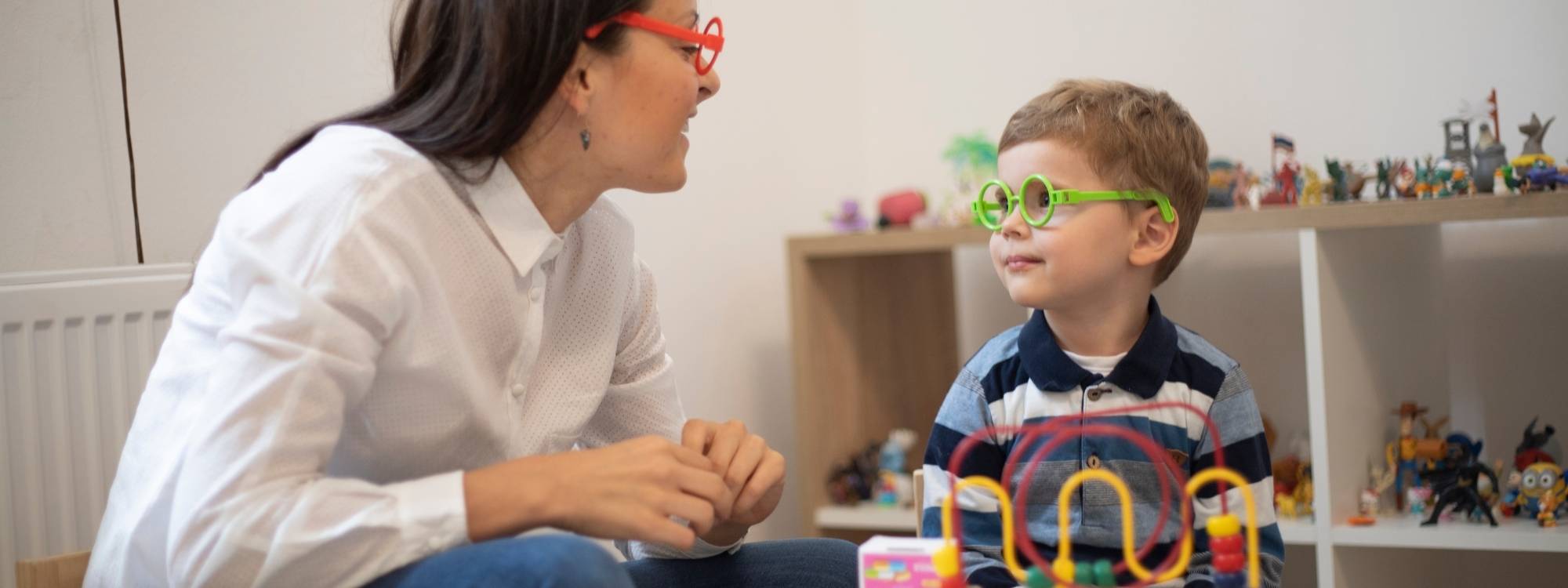The Autism Puzzle Piece: Symbol of Awareness or Harm?
For decades, the autism puzzle piece has been one of the most recognizable symbols associated with autism awareness. First adopted in 1963, it was created to represent the complexity and mystery of autism. But today, the symbol is being reevaluated by many in the autistic community, prompting important conversations about what symbols mean, and who gets to define them.
As the conversation shifts from simply raising awareness to fostering understanding and acceptance, it becomes vital to examine how we represent autism. Is the puzzle piece an outdated, even harmful, image? Or does it still hold meaning for some families and organizations? Let’s explore its history, criticisms, and the new directions being embraced by the autism community.
Introduction to Autism Awareness
Autism awareness has grown considerably over the past few decades, but that growth has sparked a transformation in how we talk about autism. Today, many advocates argue that the goal is not just to raise awareness, but to promote acceptance and inclusion for autistic individuals.
Each April, Autism Awareness Month encourages people to learn more about the autism spectrum, which includes a wide range of neurological differences. However, the imagery and language used during these campaigns can influence public perceptions, for better or worse. The puzzle piece symbol, while familiar, has become one of the most contested visuals in this space.
As we work toward creating a more inclusive society, it’s important to reassess how symbols like the puzzle piece shape narratives around autism.
History of the Puzzle Piece
The autism puzzle piece symbol originated in 1963, when the National Autistic Society in the UK commissioned a logo featuring a puzzle piece and a crying child. It was meant to reflect the complexity and “puzzling” nature of autism, as understood at the time. Over the years, brighter and more stylized versions of the puzzle piece have replaced the original image.
Autism Speaks, one of the largest autism organizations in the world, adopted the blue puzzle piece in the early 2000s. The color blue was chosen to represent boys, as autism is more commonly diagnosed in boys than girls.
However, the original message behind the puzzle piece, portraying autistic people as mysteries or missing something, has sparked discomfort and criticism, especially from autistic individuals who see themselves not as puzzles to be solved but as complete human beings.
Criticisms of the Symbol
Criticism of the puzzle piece symbol has grown louder in recent years, largely driven by autistic self-advocates who feel that the image is demeaning and outdated.
The concerns include:
- Implied brokenness or incompleteness: The symbol suggests that autistic people are “missing” something or need to be fixed.
- Deficit-focused messaging: Early campaigns, especially from Autism Speaks, often emphasized suffering, burden, and a desire to find a cure.
- Lack of autistic voices: The puzzle piece was designed without input from autistic individuals themselves.
These criticisms reflect a broader shift in how autism is understood. Rather than framing it as a disease requiring fixing, many now view autism as part of the natural diversity of human experience. Symbols matter because they reflect values. If a symbol reinforces stigma or discomfort among the people it claims to represent, it may be time for change.
Alternative Representations
In response to concerns about the puzzle piece, more inclusive and empowering symbols have emerged.
The most popular alternative is the rainbow-colored infinity symbol, which represents the diversity and infinite variation within the autism spectrum. Unlike the puzzle piece, it was created with input from the autistic community and aligns more closely with the neurodiversity movement.
Other inclusive symbols include:
- The gold infinity symbol, often used to represent autistic pride (as gold is the chemical symbol for “Au”)
- The autistic pride flag, featuring a rainbow infinity symbol on a purple background
- Self-designed symbols created by autistic artists to reflect their identity and individuality
These alternatives move away from ideas of brokenness or confusion and instead celebrate difference, identity, and strength.
Autism Speaks and the Puzzle Piece Symbol
Autism Speaks remains one of the most visible autism organizations globally, and its use of the puzzle piece has been a major point of contention. Though the organization has updated its tone in recent years, many advocates feel it has not gone far enough.
Criticisms of Autism Speaks include:
- A historic focus on finding a “cure” for autism
- Limited inclusion of autistic individuals on its leadership boards
- Early campaigns that spread fear or highlighted parents’ struggles over lived autistic experiences
While the organization has taken steps to include more autistic voices and soften its language, its continued use of the puzzle piece logo remains a symbol of division for many in the autism community. Critics argue that real change requires listening to and empowering autistic individuals, not speaking for them.
The Autism Spectrum
Autism is not a single condition but a spectrum of neurological differences. People on the autism spectrum may experience a wide range of communication styles, sensory sensitivities, and social interaction preferences.
Some autistic individuals require significant support in daily life, while others live independently and may not need support at all. Understanding the autism spectrum means recognizing that there’s no one-size-fits-all definition or experience.
That’s why using a single symbol, especially one as loaded as the puzzle piece, can be problematic. It risks flattening the diversity of experiences and reinforcing stereotypes rather than celebrating individuality.
Autistic People’s Perspectives
Perhaps the most important voices in the conversation about autism symbols are those of autistic people themselves. Across blogs, interviews, social media, and advocacy work, autistic individuals have spoken out against the puzzle piece.
Common themes from autistic voices include:
- Feeling reduced to a problem to be solved
- Resentment toward being portrayed as burdens or mysteries
- A desire for symbols that reflect pride, identity, and community
Autistic adults who grew up seeing the puzzle piece often describe how it made them feel like they were broken or wrong. For many, the shift to inclusive symbols like the infinity loop feels empowering and long overdue.
Puzzle Pieces and Stigma
The puzzle piece is not just a neutral design choice, it carries weight. For many autistic individuals, it has become a symbol of the stigma and misunderstanding they’ve faced.
Some associations include:
- Being treated as incomplete or flawed
- Justifying aggressive or coercive therapies like certain forms of ABA
- Reinforcing media portrayals of autism as tragic or burdensome
While some parents or organizations still feel attached to the puzzle piece because of its familiarity, it’s crucial to ask whether that attachment outweighs the harm expressed by those it’s supposed to represent.
The Role of the Board Member
The puzzle piece symbol was designed in 1963 by a board member of the UK’s National Autistic Society. At the time, autism was poorly understood, and the intent was to capture that mystery. The image of a crying child in the center of the piece reflected parental grief and confusion.
In hindsight, the creation of the puzzle piece reflects a moment in history where autistic people had no voice in how they were represented. That moment has passed. Today, autistic individuals are advocating for themselves, sharing their stories, and shaping the public conversation.
The board member’s intentions may have been sincere, but the impact of the symbol tells a different story.
Conclusion
The autism puzzle piece has been part of awareness campaigns for decades, but its time may be coming to an end. While it once aimed to raise awareness, today, many view it as a relic of deficit-based thinking. As we move forward, the voices of autistic people must be at the center of how autism is represented, in symbols, stories, and support. Only then can we move from awareness to true acceptance.
Ready to move beyond outdated symbols and into meaningful support? At Champions ABA, we listen to the voices of the autistic community and provide individualized, respectful care that empowers each child’s strengths. Call (877) 242-1744 or visit our website to learn how we support autism acceptance through compassionate, personalized ABA therapy.
FAQs
What do the puzzle pieces mean in autism?
The puzzle piece was originally meant to represent the complexity and mystery of autism. However, many autistic people now find it offensive, as it implies they are incomplete or need fixing. The symbol has evolved into a point of controversy within the autism community.
What is the autism puzzle piece controversy?
The controversy centers on how the puzzle piece frames autism. Critics argue it promotes a deficit-based view, portraying autistic individuals as problems to be solved. Many advocate for replacing it with more inclusive symbols, like the infinity loop.
Are puzzles good for autism?
Yes, puzzles can be helpful for some autistic individuals as cognitive and sensory activities. However, this is unrelated to the symbolic use of the puzzle piece, which is a broader issue of representation and stigma.
What is the puzzle piece theory?
The puzzle piece theory suggests that autism is a mysterious or incomplete condition. This perspective has been rejected by many autistic advocates, who prefer to see autism as a natural variation in human neurodiversity rather than something to be solved.



